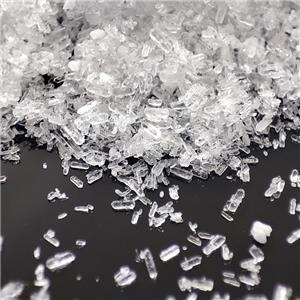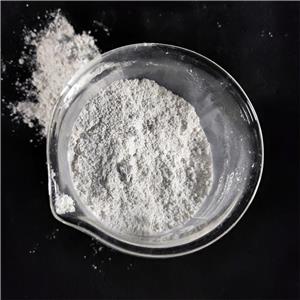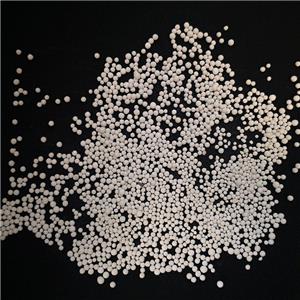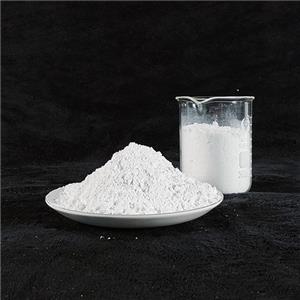Talc masterbatch: the preferred filler for reinforcement and heat resistance of PP, PE, ABS and other materials
Talc masterbatch is a functional filler used for plastic modification. It is made by mixing talc with polymers or other carriers and is widely used in plastics, rubber and other resins to improve material properties. Compared with ordinary talc, talc masterbatch has better processing performance, and effectively solves the problems of uneven dispersion and dust of talc, which is convenient for transportation and use.
Characteristics and advantages of talc masterbatch
1. Basic properties of talc
Ingredients: Talc is a hydrated silicate mineral with a chemical formula of 3MgO·4SiO₂·H₂O. Its main components include 31.8% MgO, 63.37% SiO₂ and 4.7% Al₂O₃, often accompanied by trace amounts of iron, calcium and other elements.
Physical properties: The density of talc is 2.7~2.8g/cm³, and the Mohs hardness is 1. It is the softest material among inorganic mineral fillers. It feels soft and delicate, with a pearly or fat luster on the surface and various colors, including white, milky white, gray-green, etc.
Heat resistance: It will lose associated water at 380,500℃, and will lose crystal water at over 800℃. Talc is weakly alkaline in water, with a pH value of 8.59.5.
Structural characteristics: Talc has a layered structure, and the layers are combined by weak van der Waals forces. It is easy to slip or delaminate when subjected to external forces. Therefore, talc particles are mostly flaky and scaly, and some are needle-shaped.
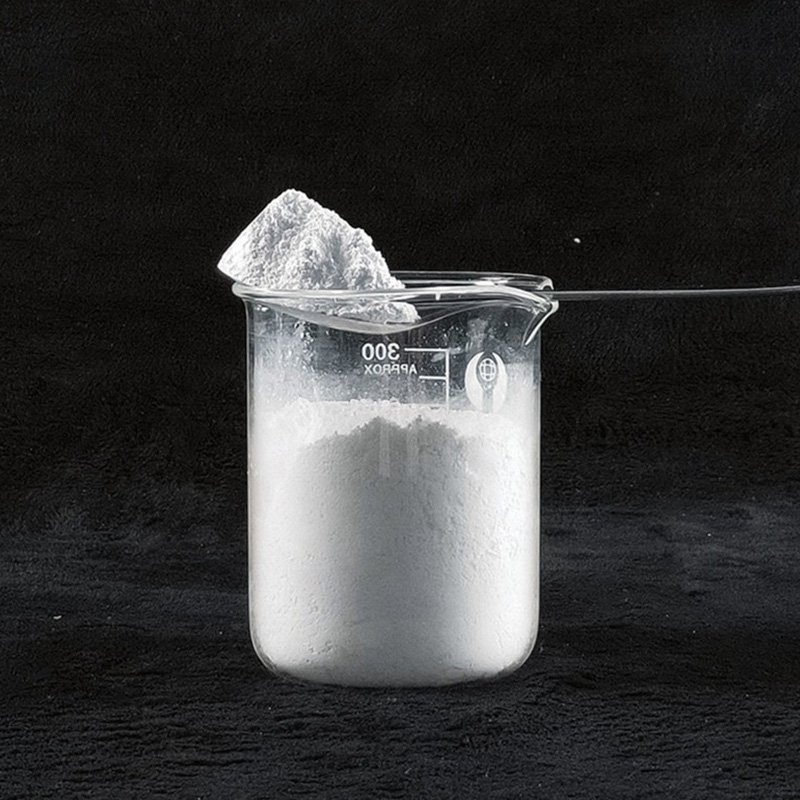
2. Functional characteristics
Improve rigidity and creep resistance
The flaky structure of talc is arranged along the flow direction during processing, thereby forming a directional flaky structure. This arrangement significantly improves the rigidity of the material and enhances the creep resistance at high temperatures.
Improve heat resistance
Talc can effectively increase the heat deformation temperature of materials and enhance the stability of materials under high temperature load. This makes it a key filler to improve heat resistance.
Reduce costs
Talc is one of the cheapest materials among silicon-containing minerals. Its filling can significantly reduce the cost of product formulations and has a very high cost performance.
3. Strong adaptability
Talc masterbatch is suitable for a variety of plastic substrates such as PP, PE, ABS, and is widely used in plastic modification. As a reinforcing filler, its filling not only improves material performance, but also has economical properties, making it an important choice in the plastics industry.

